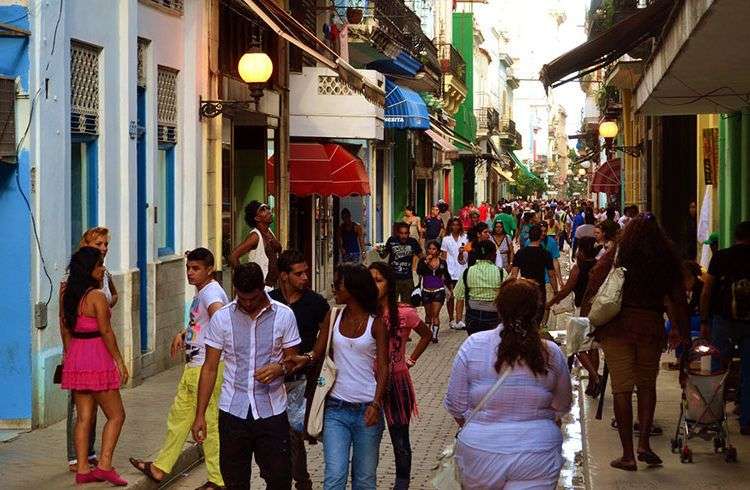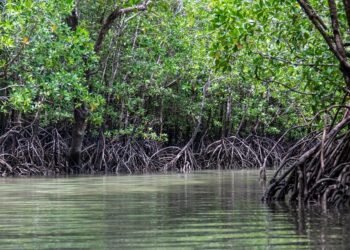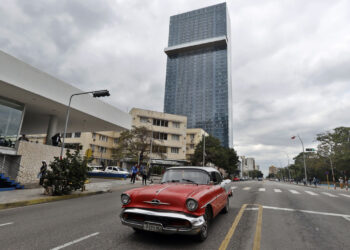There are no reported cases so far of the Ebola virus disease (EVE) in Cuba, according to statements made this Saturday by Doctor Manuel Santin, National Director of Epidemiology at the Cuban Ministry of Public Health (MINSAP by its Spanish acronym).
Santín warned, in a meeting with the Cuban press, that the virus can enter the country through international travelers, mainly by air, although there are no direct flights between Cuba and nations affected by the disease, so they have implemented measures to prevent the entry of Ebola.
The Cuban collaborators serving in other countries are not working in infected areas, and those who have returned to Havana on holidays have been subjected to isolation and strict surveillance to prevent introduction of the virus, he said.
The doctor stressed the seriousness of this disease, which has a fatality rate of up to 90 percent. The incubation period ranges from two to 21 days, with an average of eight to 10 days, and during which there are no symptoms.
Great movement along borders, insufficient prevention and infection control practices and the presence of still undetected chains, are the root causes of the spread of the virus in West Africa, he said. In countries such as Guinea Conakry, Sierra Leone, Liberia and Nigeria 1711 cases and 932 deaths have been recorded.
The director of the Institute of Tropical Medicine Pedro Kouri (IPK) in Havana, Dr. Jorge Perez, said the first outbreak of Ebola was detected in 1976 in the Congo, and the mode of person to person transmission occurs through direct contact with body fluids such as blood, sweat, breast milk, semen, among others. Symptoms such as fever, headache and chills often mistake it with other diseases, he warned.
Thirteen cases diagnosed with Chikungunya
Cuban Public Health authorities confirmed two new cases of Chikungunya, which amounted to thirteen people diagnosed with the virus since last June, when it was first reported the presence of the disease in the country.
To the six initially confirmed cases five others joined, so the first official report in July was of eleven cases, mostly imported from Haiti and the Dominican Republic.
Dr. Manuel Santin in his exchange with the national media also said that Cuba is facing local outbreaks of dengue and cholera. Dengue is present in all the main municipalities of the country and the most affected provinces are Cienfuegos, Santiago de Cuba, Camagüey, Villa Clara and Havana.










